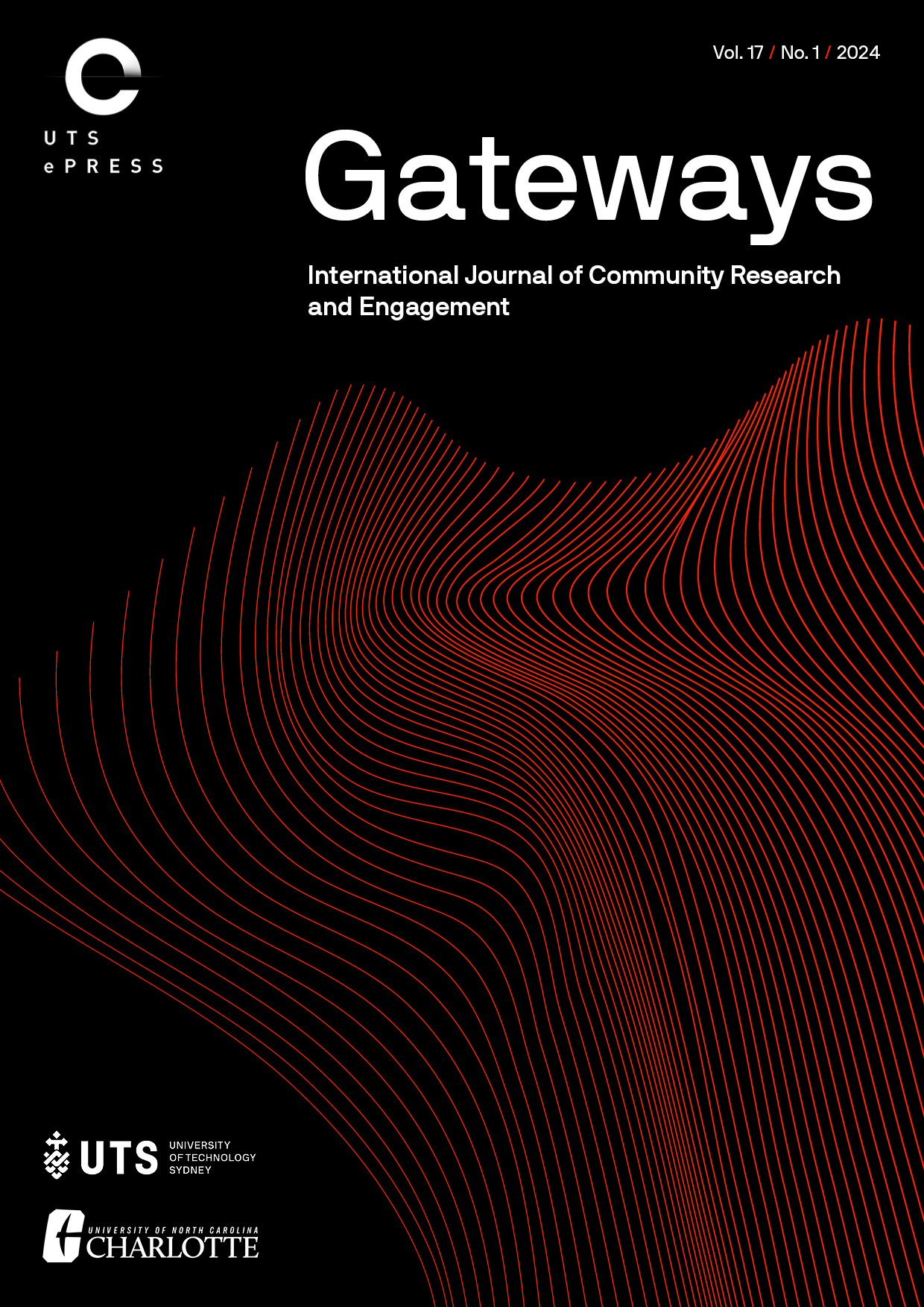Linkages with practice for higher-education curriculum innovation
Main Article Content
Abstract
This article is inspired by the debate on curriculum innovation for graduate training, emerging out of linkages between universities and agribusiness development actors, targeting entrepreneurial action and employability of graduates. Experiences from implementation of a three-year joint project are enriched by a desk review, stakeholder feedback and interpretative analysis of process documents during the development of the regional graduate curriculum on Agri-Enterprise Development for Egerton and Gulu Universities in Kenya and Uganda, respectively. The graduate curriculum at the two universities in East Africa integrated the approaches of roundtable engagement and research as well as value chain cluster mapping and development through interactive sharing with agribusiness development facilitators. Simultaneously, the two implementing universities showcased the feasibility of integrating community engagement and entrepreneurial skills into a new curriculum. They achieved this by adopting two training approaches from their previous, more limited curriculum, which lacked student entrepreneurial experiential learning. The outcome from the first cohort of students in the innovative programs demonstrates significant institutional change in teaching and learning approaches. These changes prioritize a blend of action research and theoretical exposure. At the university-wide level, a student-centered teaching and learning approach has been established, facilitated by models like Student Farm Attachment, Student Enterprise Scheme, and Student Community Engagement. Additionally, university-based research teams have honed their skills in community action research, leading to the identification of relevant challenges and plausible solutions. Furthermore, students’ skills sets have increasingly enhanced employability.
Strengthening linkages between universities and community development actors can enhance curriculum orientation toward problem-solving and entrepreneurial capacity building for young graduates. Purposeful engagement with communities by university faculty and students serves as a complementary extension approach and advisory service. Implementing an innovative curriculum has the potential to boost research uptake and foster innovation. This article demonstrates how university- industrial actors’ collaboration can be exploited for curriculum (re)design, review and up-dating for (a) enhanced relevance of universities to community needs and employability of graduates; and (b) improvements in the research uptake pathways that facilitate research-into-use for desired impacts at community level.
Article Details
Issue
Section
Authors who submit articles to this journal from 31st March 2014 for publication, agree to the following terms:
a) Authors retain copyright and grant the journal right of first publication with the work simultaneously licensed under a Creative Commons Attribution License that allows others to share and adapt the work with an acknowledgement of the work's authorship and initial publication in this journal.
b) Authors are able to enter into separate, additional contractual arrangements for the non-exclusive distribution of the journal's published version of the work (e.g., post it to an institutional repository or publish it in a book), with an acknowledgement of its initial publication in this journal.
c) Authors are permitted and encouraged to post their work online (e.g., in institutional repositories or on their website) prior to and during the submission process, as it can lead to productive exchanges, as well as earlier and greater citation of published work (See The Open Access Citation Advantage Service). Where authors include such a work in an institutional repository or on their website (ie. a copy of a work which has been published in a UTS ePRESS journal, or a pre-print or post-print version of that work), we request that they include a statement that acknowledges the UTS ePRESS publication including the name of the journal, the volume number and a web-link to the journal item.
d) Authors should be aware that the Creative Commons Attribution (CC-BY) License permits readers to share (copy and redistribute the work in any medium or format) and adapt (remix, transform, and build upon the work) for any purpose, even commercially, provided they also give appropriate credit to the work, provide a link to the license, and indicate if changes were made. They may do these things in any reasonable manner, but not in any way that suggests you or your publisher endorses their use.
For Volume 6 (2013) and before, the following copyright applied:
Articles published by UTSePress are protected by copyright which is retained by the authors who assert their moral rights. Authors control translation and reproduction rights to their works published by UTSePress. UTSePress publications are copyright and all rights are reserved worldwide. Downloads of specific portions of them are permitted for personal use only, not for commercial use or resale. Permissions to reprint or use any materials should be directed to UTSePress.
